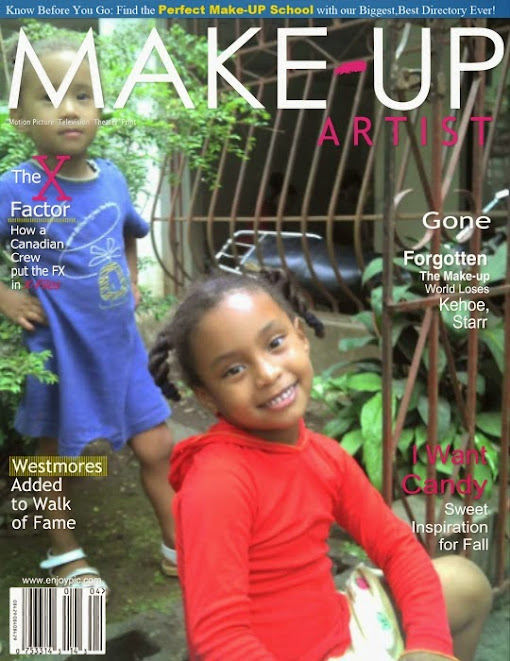| A Chinese woman plays with her grandchild at the Ritan Park in Beijing Wednesday, Oct. 31, 2012. A government think tank says China should start phasing out its one-child policy immediately and allow two children for every family by 2015. It remains unclear whether Chinese leaders are ready to take that step. |
BEIJING (AP)
-- A government think tank is urging Chinese leaders to start phasing
out China's one-child policy immediately and allow two children for
every family by 2015, a daring proposal to do away with the unpopular
policy.
Some demographers see the timeline put
forward by the China Development Research Foundation as a bold move by
the body close to the central leadership. Others warn that the gradual
approach, if implemented, would still be insufficient to help correct
the problems that China's strict birth limits have created.
Xie
Meng, a press affairs official with the foundation, said the final
version of the report will be released "in a week or two." But Chinese
state media have been given advance copies. The official Xinhua News
Agency said the foundation recommends a two-child policy in some
provinces from this year and a nationwide two-child policy by 2015. It
proposes all birth limits be dropped by 2020, Xinhua reported.
"China
has paid a huge political and social cost for the policy, as it has
resulted in social conflict, high administrative costs and led
indirectly to a long-term gender imbalance at birth," Xinhua said,
citing the report.
But it remains unclear
whether Chinese leaders are ready to take up the recommendations.
China's National Population and Family Planning Commission had no
immediate comment on the report Wednesday.
Known
to many as the one-child policy, China's actual rules are more
complicated. The government limits most urban couples to one child, and
allows two children for rural families if their firstborn is a girl.
Numerous other exceptions include looser rules for minority families and
a two-child limit for parents who are themselves both singletons.
Cai
Yong, an assistant professor of sociology at the University of North
Carolina, Chapel Hill, said the report holds extra weight because the
think tank is under the State Council, China's Cabinet. He said he found
it remarkable that state-backed demographers were willing to publicly
propose such a detailed schedule and plan on how to get rid of China's
birth limits.
"That tells us at least that
policy change is inevitable, it's coming," said Cai, who was not
involved in the drafting of the report but knows many of the experts who
were. Cai is a visiting scholar at Fudan University in Shanghai. "It's
coming, but we cannot predict when exactly it will come."
Adding
to the uncertainty is a once-in-a-decade leadership transition that
starts Nov. 8 and will see a new slate of top leaders installed by next
spring. Cai said the transition could keep population reform on the back
burner or changes might be rushed through to help burnish the
reputations of President Hu Jintao and Premier Wen Jiabao on their way
out.
There has been growing speculation among
Chinese media, experts and ordinary people about whether the government
will soon relax the one-child policy - introduced in 1980 as a temporary
measure to curb surging population growth - and allow more people to
have two children.
Though the government
credits the policy with preventing hundreds of millions of births and
helping lift countless families out of poverty, it is reviled by many
ordinary people. The strict limits have led to forced abortions and
sterilizations, even though such measures are illegal. Couples who flout
the rules face hefty fines, seizure of their property and loss of their
jobs.
Many demographers argue that the policy
has worsened the country's aging crisis by limiting the size of the
young labor pool that must support the large baby boom generation as it
retires. They say it has contributed to the imbalanced sex ratio by
encouraging families to abort baby girls, preferring to try for a male
heir.
The government recognizes those problems
and has tried to address them by boosting social services for the
elderly. It has also banned sex-selective abortion and rewarded rural
families whose only child is a girl.
Many today also see the birth limits as outdated, a relic of the era when housing, jobs and food were provided by the state.
"It
has been thirty years since our planned economy was liberalized,"
commented Wang Yi, the owner of a shop that sells textiles online, under
a news report on the foundation's proposal. "So why do we still have to
plan our population?"
Though open debate
about the policy has flourished in state media and on the Internet,
leaders have so far expressed a desire to maintain the status quo.
President Hu said last year that China would keep its strict family
planning policy to keep the birth rate low and other officials have said
that no changes are expected until at least 2015.
Wang
Feng, director of the Brookings-Tsinghua Center for Public Policy and
an expert on China's demographics, contributed research material to the
foundation's report but has yet to see the full text. He said he
welcomed the gist of the document that he's seen in state media.
It says the government "should return the rights of reproduction to the people," he said. "That's very bold."
Gu
Baochang, a professor of demography at Beijing's Renmin University and a
vocal advocate of reform, said the proposed timeline wasn't aggressive
enough.
"They should have reformed this policy ages ago," he said. "It just keeps getting held up, delayed."









